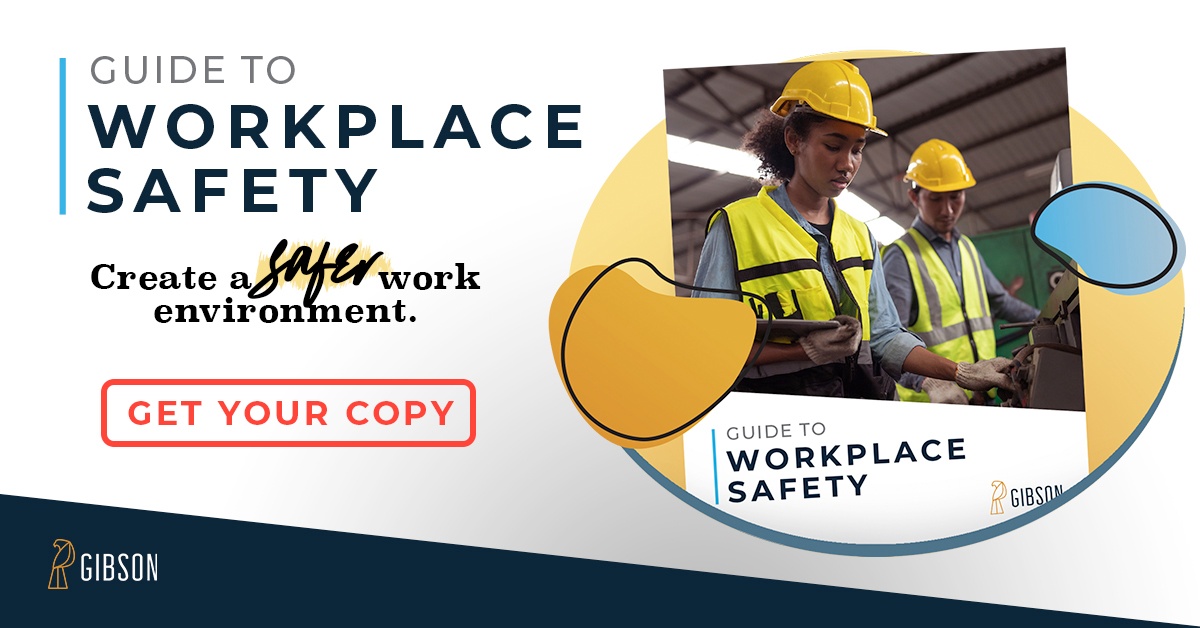 In January 2014, there were 11 school shootings in 19 days. In addition, the number of threats and scares are on the rise. By implementing these 11 strategies, you will help deter and respond to an unwanted intruder.
In January 2014, there were 11 school shootings in 19 days. In addition, the number of threats and scares are on the rise. By implementing these 11 strategies, you will help deter and respond to an unwanted intruder.
While this information is geared toward schools, the information is transferable to most businesses and organizations.
- Perimeter fencing - to deter trespass and limit access to non-primary entrances.
- Single point of entry – Effective access control.
- Staff monitoring of arrival and dismissal times – Properly trained and equipped staff must be assigned to monitor activities.
- Strong visitor management program - Require proof of identification; the issuance of a visitor badge and visitors should be escorted. Visitor management programs should include prominent signage on all building entrances, visitor parking areas, and even parking lot entrances.
- Use of a vestibule/double entry system - Ideally, visitors granted access through the primary entrance are required to pass through the main office.
- Minimal glass - Large windows and vision panels, while visually attractive, are easily defeated. Minimizing glass presents a more secure image and makes forced entry more difficult.
- Electronic access control - The use of electronic access control will allow desired users, such as staff with proper access rights, to utilize the entrance without authorization from the main office. It is critical to coordinate with local public safety to ensure they have proper access rights and capabilities.
- Video intercoms for visitor screening - Staff responsible for preliminary security screening require the backing of leadership. They need to know they are expected to ask questions and have the obligation to delay or even deny access to the visitor if they are not 100% certain the person does not pose a risk.
- Door hardware - The center mullion is a vertical element between double doors. A sturdy center mullion is vital to the integrity of locked door. Door handles and push bars should be flush with the door to prevent them from being tied together to delay law enforcement or prevent emergency egress.
- Panic button in office - If your school is totally dependent on front office staff to provide notification of an intruder situation, consider expanding the panic button system to a full intruder alarm that broadcasts a unique warning to the entire school. In most cases, panic buttons communicate with 9-1-1 or an alarm company, while an intruder alarm communicates with 9-1-1 or an alarm company AND the school.
- Situational awareness - Situational awareness is the ability to identify, process, and comprehend the critical elements of information about what is happening around you. This generally provides greater opportunities to prevent or at least mitigate the threat. Situational awareness is an attitude, not a hard skill. It is something we all have some of the time and something none of us have all of the time.
This outline came from an article featured in Campus Safety Newsletter, 11 Components of a Secure School Front Entrance.
What types of security measures are you utilizing? Please share them below.




